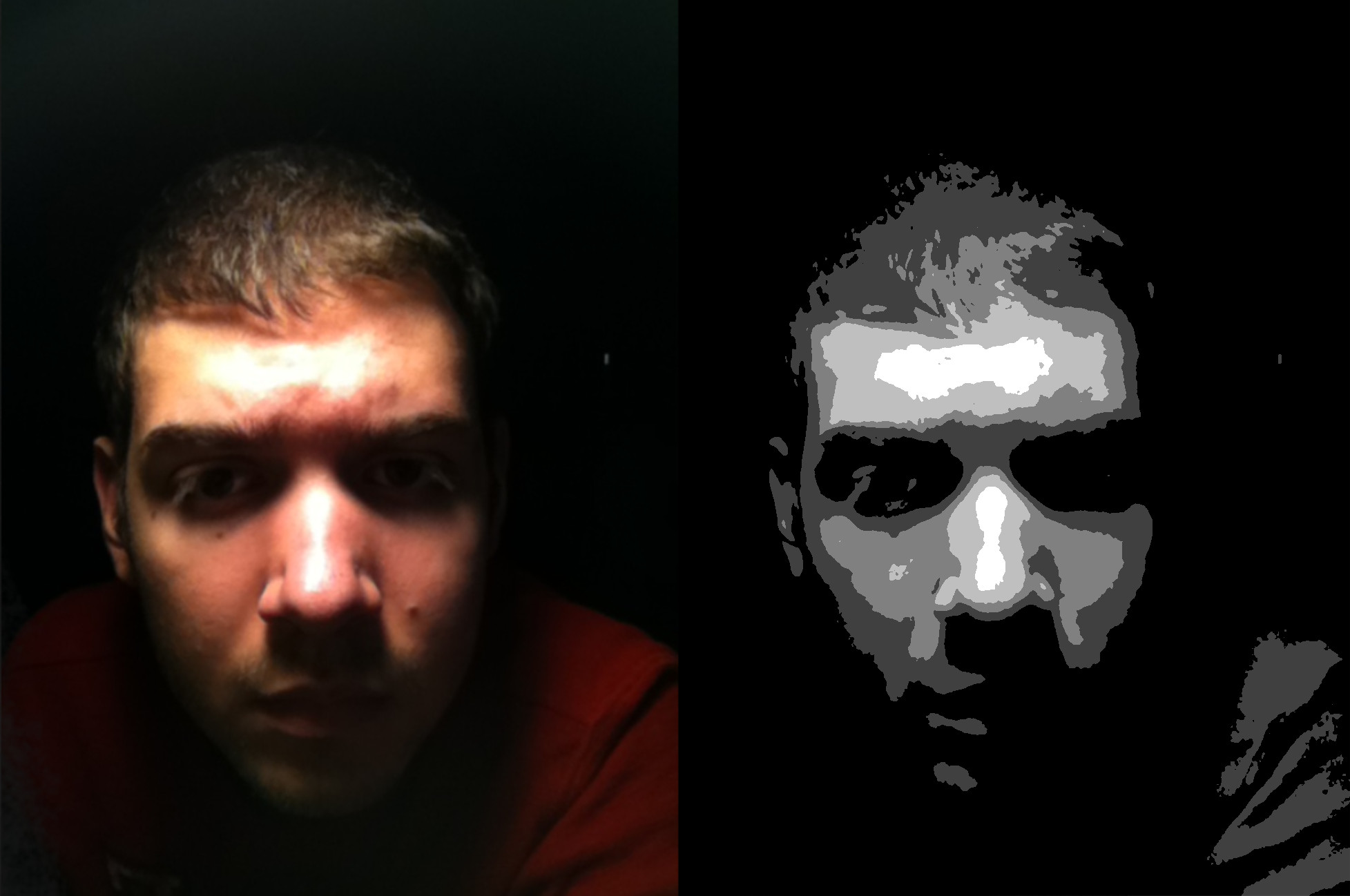Here's a posterized copy of your ref image. 5 levels of value.

What you need to do is to see the big value shapes and relationships in the ref and mainly capture those. If you do that successfully you will get an image that works. You can add nuance and bring out detail later, but nail the main values first.
Use proportional measurement of your ref and apply to the features in your drawing which will give you a better likeness. At the moment things are quite off from the ref. (quick example compare the height of the forehead in your sketch and the ref) . If you don't know how to measure have a look online on portrait measurement techniques. Nothing springs to mind but I've definitely seen specific stuff on YouTube
Generally I think you need to use much darker values in the surrounds to make the face pop out of the background, and darker darks in general.
Not everything needs to be delineated with a hard edge. Pay attention to your hard and soft edges, your lost and found edges. I find these really make for charming effective traditional sketches.
For example to show depth you can allow areas where forms curve around, such as around the head, to merge with the background value. Accentuate hard edges where you need them like around the eye sockets and nose.
Have a look at some cool charcoal or pencil portraits by other artists to see how they effectively break down their values and edges too.
![[Image: u6GDfFv.jpg]](http://i.imgur.com/u6GDfFv.jpg)
![[Image: L7PV9cn.jpg]](http://i.imgur.com/L7PV9cn.jpg)








![[Image: HLdamTV.jpg]](http://i.imgur.com/HLdamTV.jpg) quick paint-over to see what it looks like with a wider nose(this of course affects the lips)
quick paint-over to see what it looks like with a wider nose(this of course affects the lips)


